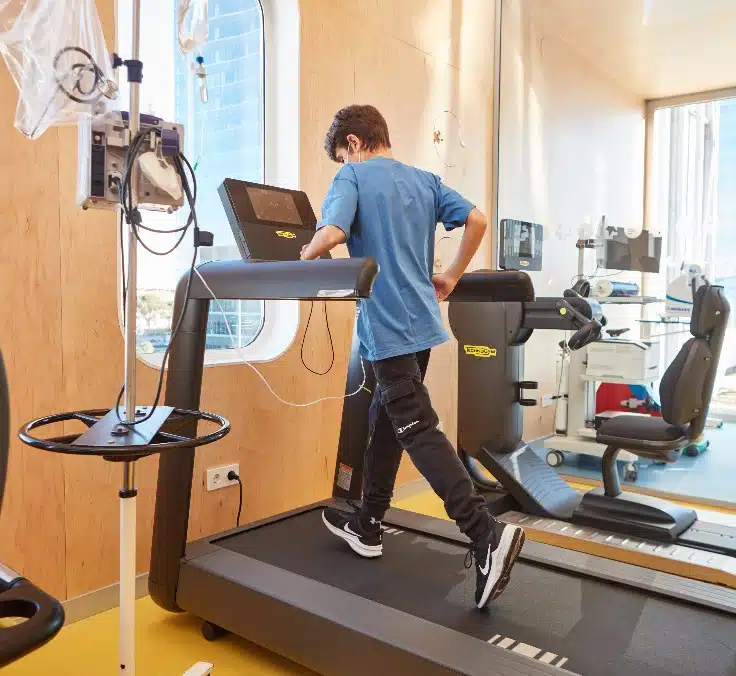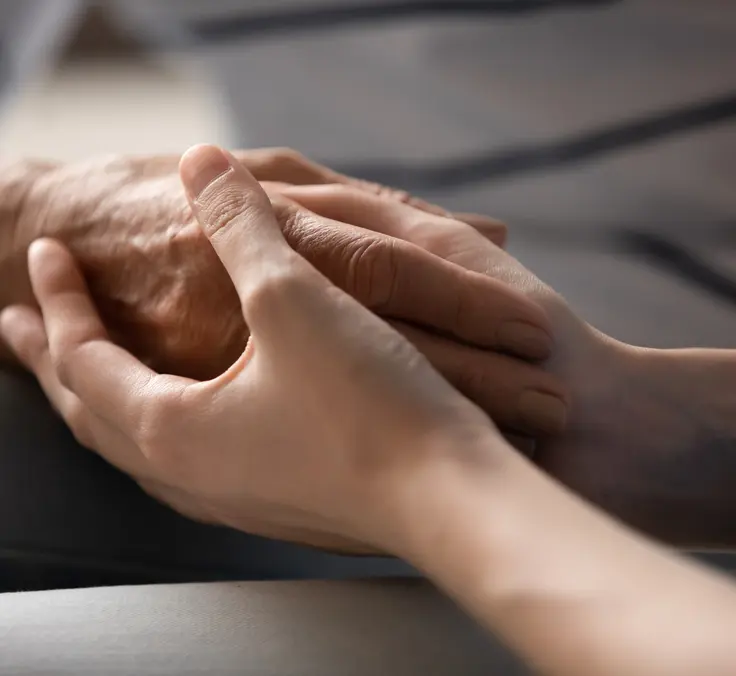HEALTH| 10.19.2023
Early Detection: the greatest defense in the fight against Breast Cancer
Breast cancer is one of the most common diseases affecting people around the world. More than 2.3 million women are diagnosed with the disease each year, and around 700,000 do not survive.
This disease mainly affects women of any age from puberty onwards and can be found in all countries. While men are also affected, the incidence of this type of tumor in men is very small (less than 1% of cases). Although some factors such as obesity, family history, alcohol, and tobacco use increase the risk of breast cancer, about half of all cases of breast cancer occur in people with no risk factors.
According to the Cancer Observatory of the Spanish Association Against Cancer, 34,740 new cases of breast cancer were diagnosed in 2022 in Spain alone. This figure represents 30% of all cancers diagnosed in the country. With early diagnosis, the chances of a cure can reach 100%, so regular mammograms are vitally important.
What is breast cancer?
Breast cancer is a disease in which cells in breast tissue multiply uncontrollably and form tumors that can spread throughout the body causing death. This cancer can start in different parts of the breast, usually in the ducts or lobules where milk is produced. As these cancer cells accumulate, they may form a lump or tumor.
How is breast cancer detected?
Early detection is key in the fight against breast cancer. The earlier it is detected, the better the chances of effective treatment and successful recovery. Early diagnosis, or the detection of cancer in its initial phase before symptoms or signs appear, has a practically 100% cure rate. This involves mammography, a dependable, straightforward, and safe examination that can identify breast abnormalities up to two years before they become noticeable or spread to lymph nodes or other organs.
According to the Spanish Association Against Cancer, asymptomatic women without risk factors and without any suspicious symptoms should have a mammogram every two years between the ages of 50 and 69.
In the early stage of the disease, breast cancer has no symptoms, but after a few months they may present as follows:
- A change in the size of one or both breasts
- Irregularity in the breast shape
- Lumps in the breast or nearby areas such as the armpit
- Skin changes, such as dimpling or changes in color
- Discharge and changes in the nipple
- Extreme tiredness and bone pain
If you notice changes in the texture of your breasts, or if lumps, redness, swelling, or unusual discharge appear, do not hesitate to consult a health professional and undergo the necessary tests to get a good diagnosis.
Treatment
Treatment of breast cancer depends on the individual diagnosis and patient, as well as the extent to which the cancer has spread to the lymph nodes or other organs and parts of the body. It typically involves some combination of the following treatments:
- Surgery: either to remove part or all of the tumor (mastectomy)
- Chemotherapy
- Radiotherapy
- Targeted therapy
- Hormone therapy
- Immunotherapy
- Reconstructive surgery
The importance of research
Research plays a key role in the search for more effective treatments and, ultimately, a cure for breast cancer. According to the World Health Organization, between 1980 and 2020, mortality from this disease fell by 40 percent in high-income countries, representing an annual reduction of between 2 and 4 percent.
Prevention and information is essential in treating a disease such as this. That is why MAPFRE develops initiatives among its employees in different countries, including raising awareness and improving health. As part of these initiatives, regular mammograms and self-exams are essential in prevention and diagnosis. Being aware of what breast cancer means and the importance of early diagnosis is not just a priority for October 19, the International Day Against Breast Cancer, but for every single day.
RELATED ARTICLES:



